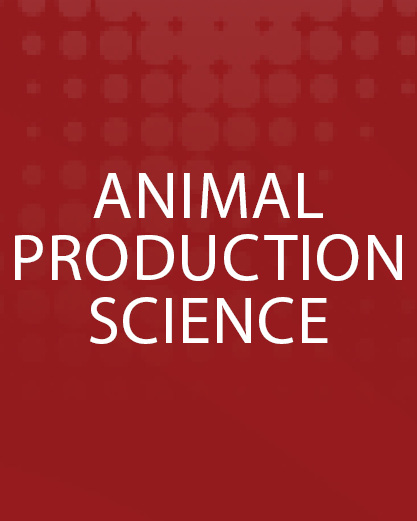Document type : scientific article published in Animal Production Science
Authors: Francesca Fusi , Valentina Lorenzi, Giorgio Franceschini, Riccardo Compiani, Valeria Harper, Jessica Ginestreti, Giandomenico Ferrara, Carlo Angelo Sgoifo Rossi, Luigi Bertocchi
Preview: European beef production is facing fresh challenges on various fronts: increasing public concern on animal welfare; declining EU meat consumption; and, conversely, expected growth in global demand for meat. The Italian National Reference Centre for Animal Welfare (CReNBA) has developed an assessment protocol for collecting information about beef cattle welfare and biosecurity conditions, with the intention of better understanding animal needs and disseminating best practices.
Aims: The protocol was applied on Italian and Irish farms, and the results were used as a starting point for a specific statistical analysis for comparing animal welfare and biosecurity levels in the two countries.
Methods: The protocol consists of animal-based measures and non-animal-based measures (management-based and resource-based indicators) and has been designed to determine the major hazards and benefits that can influence cattle health and welfare, including the presence of biosecurity issues. The outcomes of welfare and biosecurity assessments conducted during November 2016-July 2017 of 40 Irish beef herds reared indoors were compared with those of 85 Italian beef units assessed over the same period. Differences obtained within each beef-unit distribution were calculated by the VARNC index (diversity index), and a distance estimate of the beef-unit distribution from a hypothetical ideal condition was calculated using the distance from ideal (dfi) index.
Key results: The dfi index revealed that Irish farms were closer to the ideal condition for the measures 'experience and training of stockpersons', 'water provision', 'handling facilities', 'restraint facilities', and 'temperature, humidity and ventilation conditions'. Italian farms were closer to the ideal condition for 'diet calculation and feed quality', 'feeding management', 'feeding place dimension', 'cleanliness of water points', 'cleanliness of floors', 'type of floors', 'cleanliness of animals', and 'integument alterations'. In contrast to the Italian farms, there was particular awareness of the importance of biosecurity on Irish farms.
Conclusions: The results revealed intrinsic management and housing differences between the two rearing systems, although only few dissimilarities were found in the animal outcomes: in fact, the assessment of the animal-based measures gave very similar results for the two countries, except for 'cleanliness of the animals' and 'integument alterations'.
Implications: In the face of global challenges affecting the pursuit of farming sustainability, farmers should be encouraged to improve safeguards for animal welfare and reduce the spread of animal diseases. This can be achieved by facilitating knowledge exchange internationally.






